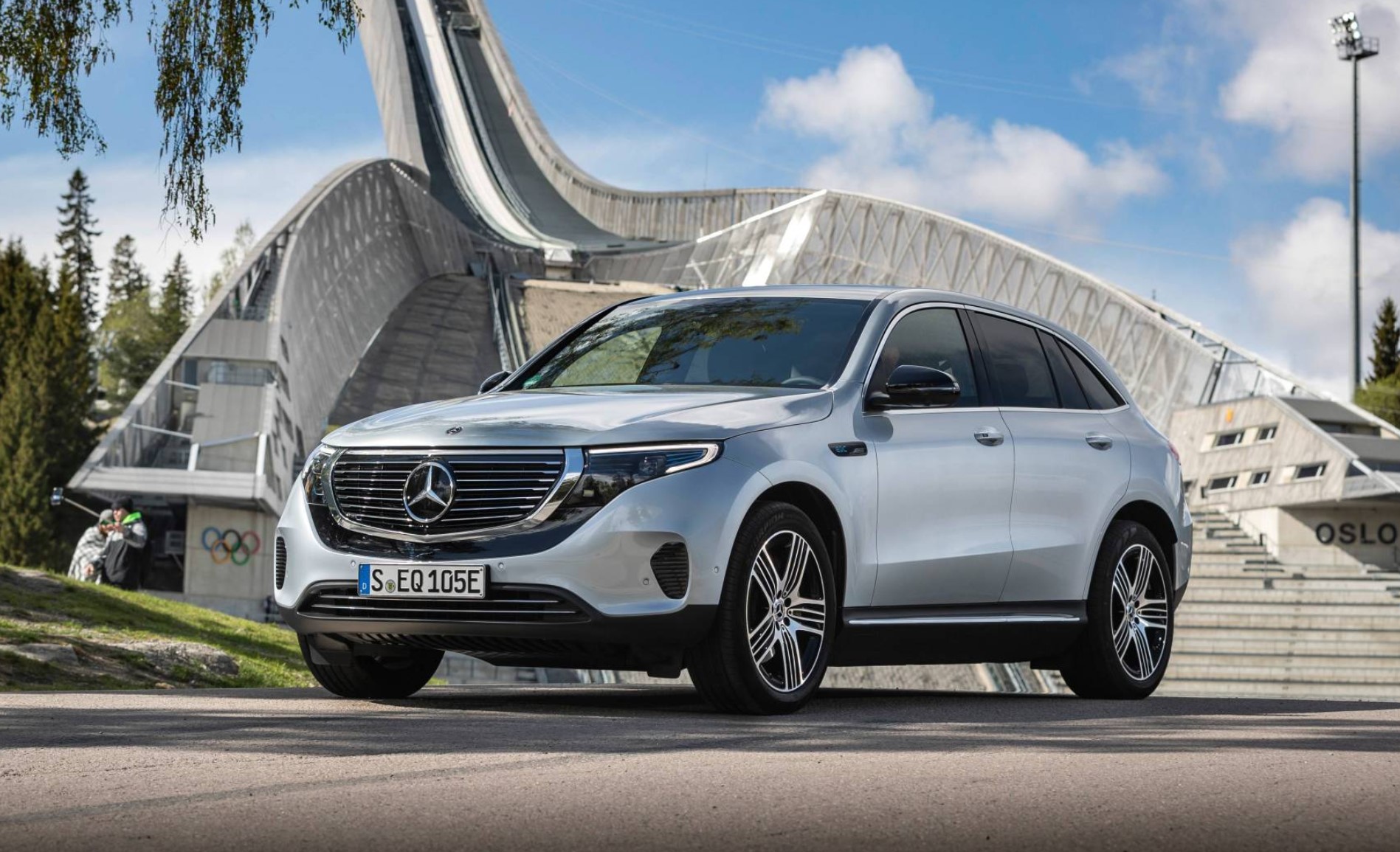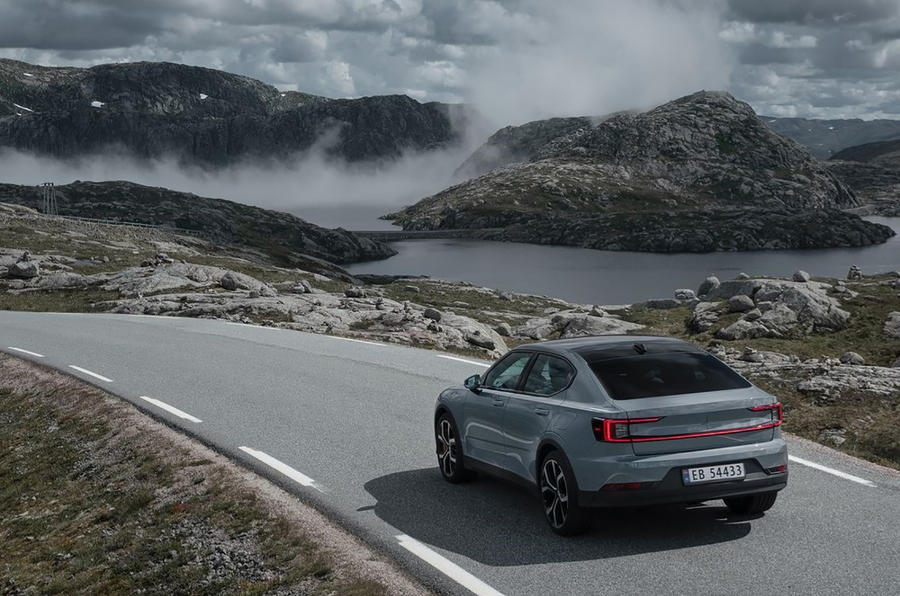Despite its geography and weather, the country is far ahead of any other European nation for electric car ownership.
While much of the world has been plotting routes to EV adoption, Norway – oil-rich enough to incentivise like crazy and awash with clean energy solutions thanks to its geography (renewable sources supply 98 per cent of its energy) – has been cracking on. So much so that some analysts are now running trend graphs that suggest it might sell its final pure-ICE car in the first half of 2022.
While that seems fanciful, given how hard it is to force a figure from very low to zero, 95 per cent of the 110,000 new vehicles registered in Norway in the first half of this year were hybrid, plug-in hybrid or electric.
While hybrids represent a loophole (the electricity being sourced by burning petrol and providing but a thimbleful of assistance), they don’t actually change the status quo too much. Of the 15 best-selling models in Norway, 14 are EVs, and the only interloper is the second-placed Toyota RAV4 PHEV. The highest-placed hybrid is the Toyota Corolla in 16th and the highest-placed diesel is the Volkswagen Tiguan in 28th – one of just three in the top 50.
Almost 75 per cent of cars sold in Norway in 2020 had a plug socket, and whatever happens between now and the end of this year, that number will soar again. In a country with famously challenging (and, notably, battery-sapping) weather and where travelling long distances is common, it’s interesting how readily car buyers have switched to EVs.
How so? A holistic approach driven hard by incentives seems to be the answer. Buying or leasing an EV in Norway means paying reduced purchase taxes. Company car drivers get significant subsidies, too. Meanwhile, all road tolls and public parking charges are reduced by law and EV owners can use bus and taxi lanes. And more than 16,000 charging stations have been built – about 10 per cent of Europe’s total, despite Norway having less than one per cent of its population.
Norway has challenges to overcome still, most significantly managing all ICE cars off its roads. For all its success in selling new electrified vehicles, only around 20 per cent of its car parc is plug-in. Globally, the average vehicle life is about 14 years, but of course averages include numbers that are both higher and lower. A 30-year run-down is anticipated in Norway.
But if getting there is hard, getting there first is harder still. A little over five years ago buyers had far fewer and much less capable cars to choose from.
Will we achieve the same in the same time span? With much different geography and requirements from vehicles across the industry, no. Australia has its own unique challenges although Toyota is making a hybrid ute – the Hilux hybrid – and its hybrid strategy is paying off, even if stock is hard to get. But Norway has shown what’s possible for many other countries near it that with looming ICE ban deadlines.
Jim Holder






